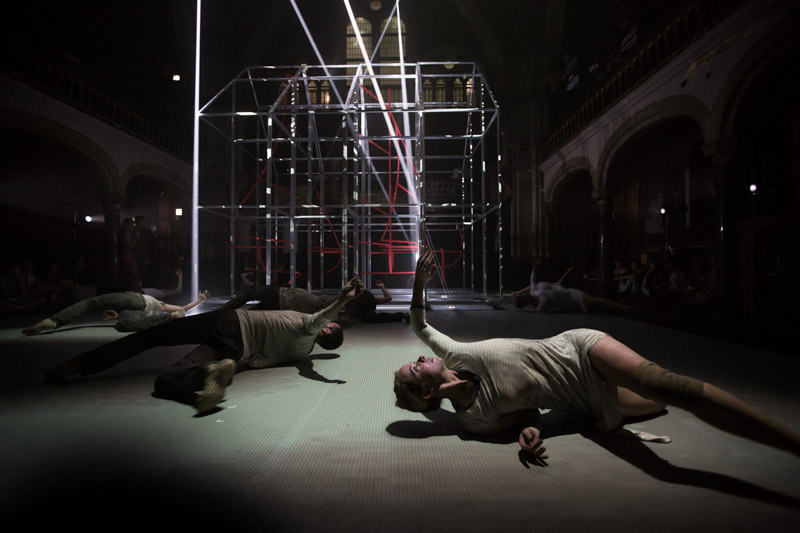
François Bayle
Acousmonium
Das Acousmonium ist das Schalldiffusionssystem, das 1974 von Francois Bayle entworfen und ursprünglich von der Groupe de Recherches Musicales im Maison de Radio France verwendet wurde. Es besteht aus 80 Lautsprechern unterschiedlicher Größe und Form und wurde für die Bandwiedergabe entwickelt. Wie Bayle 1993 in einer CD-Hülle schrieb, war es so Eine weitere Utopie, die dem reinen “Zuhören” gewidmet ist … als durchdringbarer “Projektionsbereich”, arrangiert im Hinblick auf das Eintauchen in den Klang, auf die räumliche Polyphonie, die artikuliert und gerichtet ist. Das Verteilen von Kompositionen aus elektroakustischer Musik oder Musique concrète über ein Acousmonium wird als Diffusion bezeichnet. Dies geschieht durch den Komponisten oder einen Interpreten, indem er die räumliche Verteilung und Lautstärke der Musik während der Wiedergabe steuert und anpasst.


